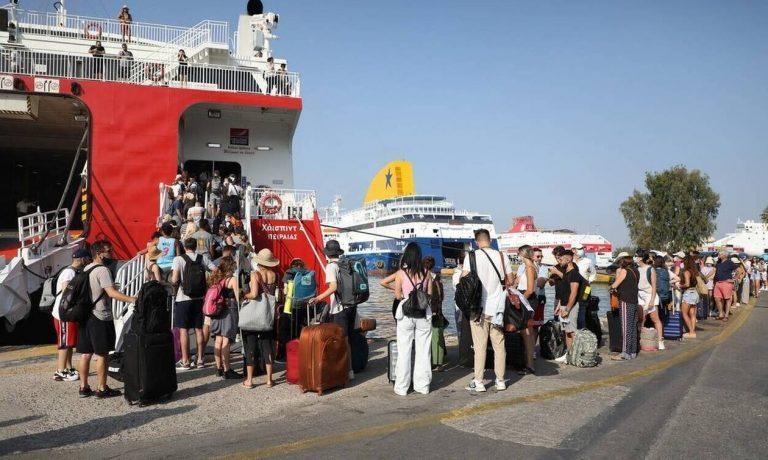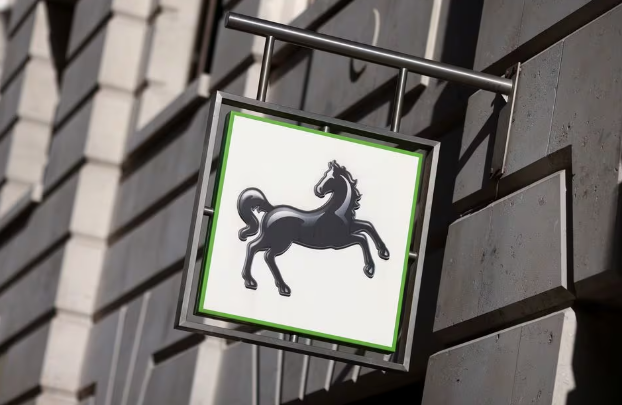Passenger numbers at Greece’s main Attica ports surpassed 1.5 million between July 1 and August 10, marking a 3.99% increase compared with the same period in 2024, according to the Ministry of Shipping.
In total, 1,554,287 people departed from Piraeus, Rafina and Lavrio for destinations across the Aegean and Saronic Gulf, up by 59,732 passengers year-on-year. The most notable growth came from Saronic Gulf routes, which saw an 11.65% rise — indicating more travellers are choosing nearby islands where travel costs are lower.
Where the growth came from
Passenger traffic from Piraeus to destinations outside the Saronic Gulf — mainly the Cyclades — grew by 2.25%, while Lavrio and Rafina each saw increases of around 3,000 passengers, representing 2.87% and 1.21% growth respectively.
The figures underline the highly seasonal nature of Greek ferry travel, with July to September being the busiest months. In contrast, freight traffic remains steady throughout the year, highlighting the sector’s critical role in supplying Greece’s islands.
Ferries as a lifeline for the islands
Greek ferries connect around 120 inhabited islands to the mainland, with 89 of these relying solely on sea transport. The network also moves 9 million tonnes of goods annually, representing 82% of all freight and essential supplies to the islands.
However, the sector faces major challenges, including an ageing fleet — with an average vessel age of 30 years — and the need to modernise in line with EU environmental rules. Only 17% of the Greek ferry fleet is under 20 years old, prompting calls for investment in “green” vessels to meet future sustainability targets.
If current passenger trends continue through the end of summer, 2025 could close with a slight overall increase in ferry traffic compared with last year — although growth appears to be slowing.
Source: tovima.com









































